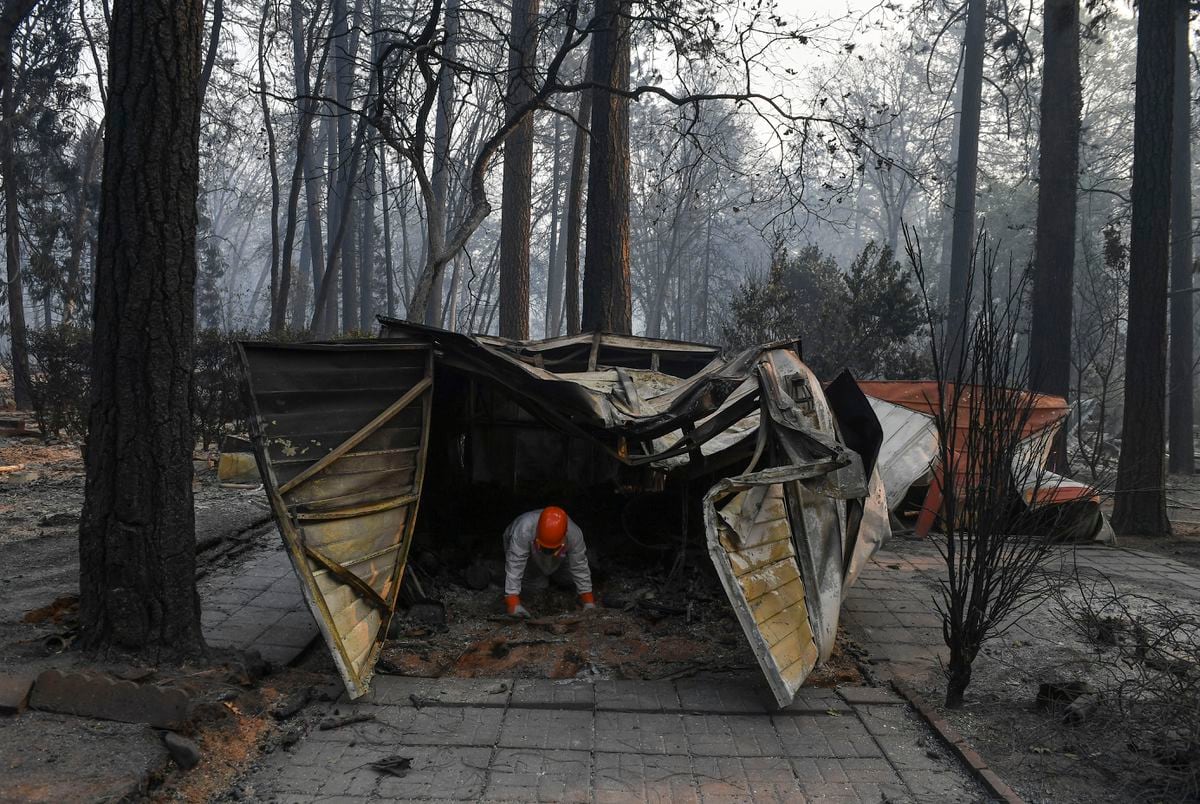

In an effort to increase the effectiveness and efficiency of law enforcement searches for human remains in the wild, searchers should cover the same area twice from two different angles and work no more than 1 to 2 meters apart while exploring the area.
Initial discovery of skeletal remains often is by chance instead of through an organized forensic search. Human skeletal remains in outdoor forensic sites often are dispersed from their point of initial deposition making locating isolated bones difficult. Forested areas in particular may obscure remains, as bones stained from soft-tissue and leaf-litter decomposition may blend in with the forest floor. Wide skeletal dispersal presents other problems for searchers, including the difficulty in keeping track of which areas have been searched and maintaining proper spacing of searchers to prevent gapping. Little is known about success rates when searching for dispersed skeletal elements and almost no testing has been done on this topic until now.
In order to test how challenging it is to find bones scattered on the surface in a forest through a simple visual search, researchers from Boston University School of Medicine (BUSM) laid out a search grid at Boston University’s Outdoor Research Facility in Holliston, Mass. The searchers, all BUSM graduate students in forensic anthropology, searched for bones that had been randomly placed on the grid through multiple trials. White-tailed deer and pig bones were used and stained natural colors to increase the difficulty in finding them.
Researchers then examined the effects of searcher spacing and the utility of multiple passes through each grid. “Even with careful searching under controlled conditions, exposed surface skeletal elements can be missed, a concern that is likely amplified under real field search conditions. To maximize remains detection, forensic search protocols should include narrow searcher spacing and double passes through search areas wherever possible,” explained corresponding author James Pokines, PhD, associate professor of forensic anthropology at BUSM.
According to the researchers, studies like these increase our ability to use our law enforcement resources more efficiently and effectively when searching for human remains in forested environments, as in much of New England. “Better skeletal recovery makes it easier for us to find missing individuals and also to identify these remains once located.”

